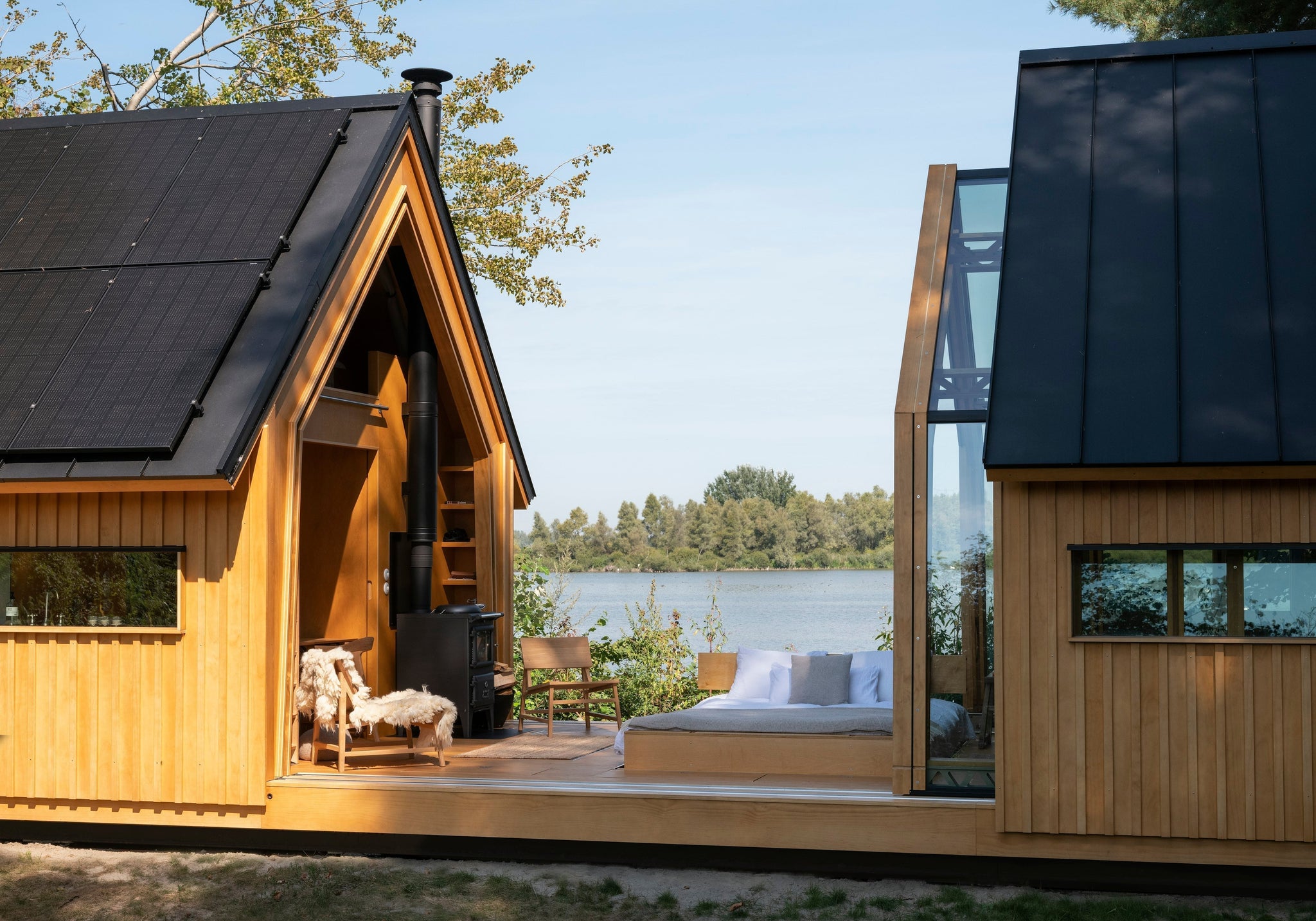It takes guts to open a specialty shop in the age of e-commerce. Still, there are good stores all over the world and they are only growing in number. Meet Carlos Morera, who runs Hot Cactus LA along with John Morera, Jeff Kaplan, Max Martin, Greg Passuntino, and Professor Christian Cummings. With cacti ranging in price from a couple dozen dollars to a few grande apiece, the team has built a successful cactus emporium in Echo Park, Los Angeles. We spoke with Morera about what it takes to run a successful shop in the twenty-first century. Read our interview below, and check out our new book The Shopkeepers for an in-depth look at the people around the world who are devoting their lives to contemporary mercantilism.


When did you open your shop? How did it all start?
In October 2014, I started a weird studio in Echo Park, Los Angeles with Jeff Kaplon, Max Martin, and Greg Passuntino called Help.Ltd.—our rule was that we have to self-fund our own projects as an antidote to client work. A month after we got secured our studio space, a glorified desert shack went up for rent down the street. A vision came to us in a dream, and we thought that it would be the perfect place for the project that was on the top of our list: a cactus store. We signed the lease at the end of November, and we were open for business after a very exhausting two weeks.
Have you always loved plants—and cacti in particular? We have always loved desert life and whatever can survive its morbid conditions. Cactus are the poster child for endurance and a violent opposition to adverse circumstances—their perseverance is comprehensive, like a person jumping out the way of speeding train while their hair-do stays intact.

What were your reasons behind choosing to opening a cactus store? What did you do before you started the shop?
We were a defacto crew of grumpy designers and fabricators who were all cactus collectors. We wanted an excuse to create a cactus-nerd clubhouse where we could trade info and geek out, as well as share our interest with others.
How do I treat my cactus right?
We’re so glad you asked! Treating a cactus right depends on your knowledge and the attention that you pay to it. It is imperative you learn about your cactus and understand its way of life. It's a delicate balance: you cannot be an over protective parent—like Oprah—by overfeeding it all the time. At the same time, total neglect—the GG Allin approach—will not yield success either. We recommend going with the Mr. Miyagi style of parenting: quite, calm observations; stepping in only when necessary. Think of yourself as the proud caretaker of something that will outlive and outsmart you.

At your shop you sell specimens that range in price from $24 up to $2,000. What makes a cactus that costly?
It's all about age, rarity, and form in the cactus scene. Generally, we carry quality specimens, which means that they are uniquely formed, or that they are a perfect or unusual version of a species. These things do not come out a factory and once they are gone, we can’t order another one. They are all one of a kind. If you ever want to feel inspired enough to spend a lot of money on a cactus, look at the size of a seedling after a year of growth, and then after five years. If the cactus charged you hourly for it's growth, you’d be paying way below minimum wage.
Where do you get your cacti from?
Old collector’s yards in Van Nuys; greenhouses from the year 2030 in Italy; a tip-off that we had to bribe someone at the Cactus Club for—anywhere we can get an interesting specimen. It’s seriously like the black market. We spend a great deal of time locating specimens. It’s like playing pirate. 
Who are your clients?
It really runs the gambit. We definitely get a slow drip of stuffy collectors and eccentric enthusiasts, but also the complete novices. We have 70-year-old customers and 10-year-old customers. We are supper appreciative of the range
What does it take to run a successful shop?
I guess time will tell if our answer is indeed correct—so take it with a grain of salt—but I think a good store should be about what you would normally do in your free time. Otherwise, you are just in it to sell stuff, and the world doesn't need more stuff. If you are giving people a point of access into your love and fascination for a world of things you care about, it makes a store more than just a roof under which to sell things. A good store should be an extension of the personas involved—that’s what gives it juice! And, as old friend’s bad-ass father who dealt antiquities used to say, “It's either got juice, or it doesn't…it's that simple".
















